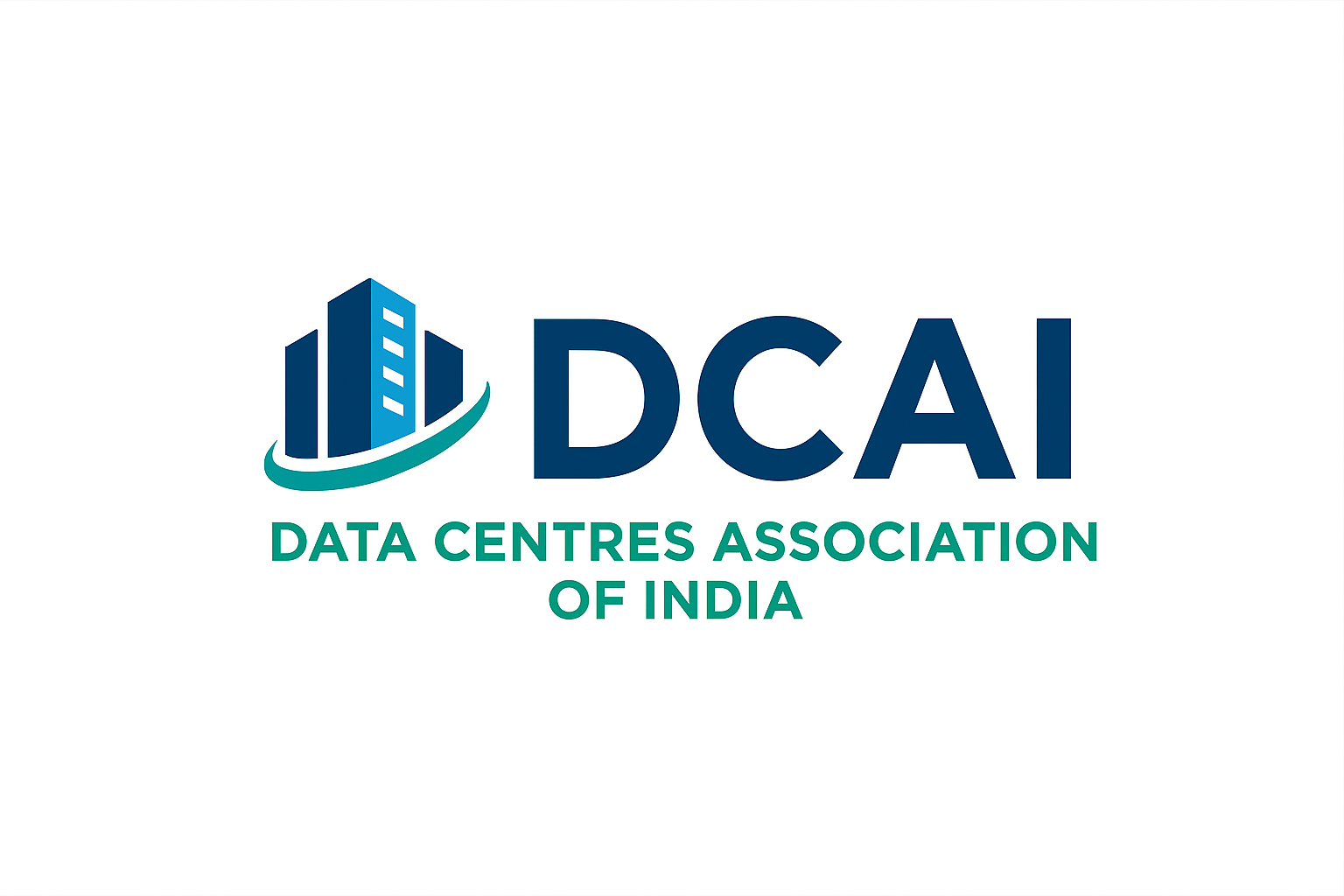Building India’s Data Centre Capacity to Enhance AI Capabilities
- Data Center Association of India (DCAI)

- Oct 20
- 3 min read
By aligning policy, investment, and technology, India can transform its data centre ecosystem into a resilient backbone that not only fuels AI capabilities but also sets global benchmarks in efficiency and inclusivity
India’s rapid digitalization and ambition to become a global leader in artificial intelligence (AI) demand a robust data centre ecosystem. This paper examines the current state of India’s data centre infrastructure, identifies policy and investment gaps, and proposes a roadmap for scaling capacity. Drawing on industry reports, government strategies, and market analyses, the study highlights the role of renewable energy integration, regional cluster development, and investor participation in shaping a sustainable and AI-ready future.
1. Introduction
Artificial intelligence is reshaping industries worldwide, but its growth is contingent on high-performance computing and resilient data infrastructure. India, with its vast digital economy and demographic advantage, is well-positioned to lead. However, challenges such as high energy costs, limited renewable integration, and regulatory bottlenecks constrain growth. This paper explores how India can build capacity to meet AI’s demands while ensuring sustainability and investor confidence.
2. Literature Review
Policy Frameworks: NITI Aayog’s National Strategy for Artificial Intelligence (2018) and the Ministry of Electronics & IT’s Data Centre Policy (2022) outline India’s vision for AI and digital infrastructure.
Industry Reports: IAMAI & KPMG (2023) project India’s data centre market to grow at a CAGR of 16–17% through 2030. Gartner’s 2024 outlook highlights India as one of the fastest-growing global markets.
Media Analyses: Business Standard (2025) and Economic Times (2024) emphasize the urgency of scaling capacity to support AI workloads.
3. Methodology
This research synthesizes:
Secondary data from government policies, industry white papers, and financial reports.
Market statistics on capacity (MW), investment flows, and workload trends.
Case studies of operational and under-construction data centres in Mumbai, Chennai, Hyderabad, and Bengaluru.
Comparative analysis with global hubs such as Singapore and Ireland.
4. Current State of Infrastructure
Installed IT load: ~1.3 GW (2024).
Under construction: ~525 MW across Tier-1 cities.
Projected capacity: ~2 GW by 2026; ~4 GW by 2030.
Market size: USD 10.1 billion (2025), projected to reach USD 21.8 billion by 2030.
Concentration: 70% of capacity in Mumbai, Chennai, and Hyderabad.
5. Policy and Regulatory Landscape
Incentives: Land allotment, concessional power tariffs, and tax holidays.
Challenges: Fragmented approvals, lack of unified clearance, and inconsistent state-level policies.
Opportunities: A national single-window clearance portal could reduce project delays by 30–40%.
6. Technology and Sustainability Interventions
Cooling: Liquid immersion and AI-driven thermal management to reduce PUE below 1.3.
Energy: Captive solar and wind farms, open-access renewable PPAs, and battery storage.
Design: Modular and scalable architectures for faster deployment and adaptability.
7. Investment and Financing Models
Capital Flows: Over USD 23 billion in planned investments through 2030.
Investor Appetite: Hyperscalers have pre-committed ~800 MW for AI workloads, with USD 5 billion in associated supply investments.
Financing Structures: Green bonds, revenue-share models, and joint ventures between global operators and Indian developers.
8. Industry Outlook and Analytical Insights
Demand Drivers: Cloud adoption, 5G rollout, BFSI digitization, e-commerce, and AI workloads.
Regional Clusters: Mumbai and Chennai dominate due to submarine cable access; Hyderabad and Bengaluru benefit from IT ecosystems.
Risks: Grid reliability, permitting delays, and technology obsolescence.
Opportunities: Edge computing in Tier-2 cities, federated learning for privacy, and AI-optimized facility management.
Conclusion
India’s data centre sector is at an inflection point. With coordinated policy reforms, renewable integration, and investor participation, the country can build a resilient backbone for AI-driven growth. The next five years will be decisive in determining whether India becomes a global leader in sustainable, high-performance computing.
References
NITI Aayog, National Strategy for Artificial Intelligence, 2018.
Ministry of Electronics & IT, Data Centre Policy Framework, 2022.
IAMAI & KPMG, India Data Centre Market Outlook, 2023.
Gartner, Global Data Centre Networking Market Forecast, 2024.
Business Standard, Building capacity of data centres in India to improve AI capabilities, 2025.
Economic Times, India’s data centre demand to double by 2027, 2024.
Mint, Green data centres gain momentum, 2024.
Times of India, State incentives for data centre parks, 2025.
Centre for Internet & Society, Energy Efficiency in Indian Data Centres, 2021.
Gujarat Green Data Centre Initiative, Pilot Project Report, 2024.






Comments